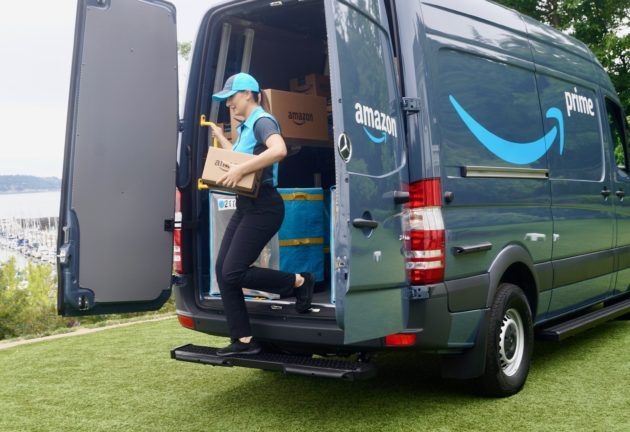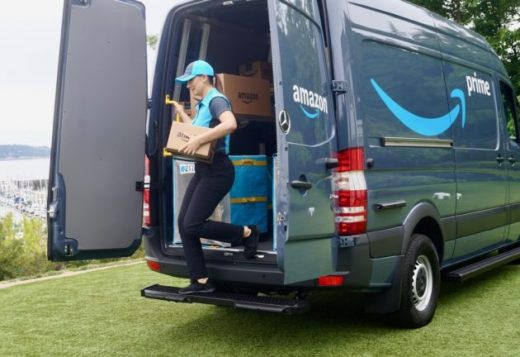Amazon 1-day shipping could have big impact on retail competitors, ad spending
Further Prime growth could impact other retailers and marketer ad spending.

During Amazon’s Q1 earnings call earlier this year, CFO Brian T. Olsavsky announced that the company would be “evolving” two-day free shipping for Prime members to one-day shipping. He added that Amazon would spend $800 million to do so, although now it’s probably going to cost more.
One-day shipping = $24 billion in revenue. According to a research note earlier this week, RBC analyst Mark Mahaney projected that one-day shipping would increase adoption of Prime memberships and boost purchasing by existing Prime members. He argued that could in turn grow Amazon’s annual revenue by $24 billion.
Let’s assume Mahaney’s logic and projections are correct: one-day shipping would grow Prime memberships and spending at Amazon. The impact on the broader market could be significant in at least two ways:
- Other (traditional) retailers would potentially suffer.
- Ad spending on Amazon will grow and possibly accelerate.
High retention, high annual spending. According to an April estimate from Consumer Intelligence Research Partners, Amazon has roughly 103 million Prime members in the U.S., with renewal rates higher than 90%. Prime members spend an average of $1,400 per year compared with $600 by non-Prime Amazon shoppers, a
Amazon is the single most dominant e-commerce company. In 2018 eMarketer estimated it owned half of the U.S. market, but revised that number downward for 2019 to 38%. Just under half of all product searches start on Amazon, beating Google by more than 10 points.
Consumers also trust Amazon more with their personal data compared with other online shopping destinations and retailers.
Amazon a contributing factor in the decline of retailers. Traditional retail has been suffering for the past several years. And while some retailers are doing well (e.g., Target), the industry as a whole continues to see store closures and bankruptcies. While Amazon is not the cause of this, it’s a contributing factor.
One of the key reasons people shop in stores is the immediacy of the experience, which includes being able to take a product home the same day. Easy returns is another reason that stores often prevail over pure-play e-commerce. However, Amazon has been chipping away at these advantages for years. And next-day delivery is likely to tip the balance in favor of Amazon for a range of ordinary purchases — hence Mahaney’s $24 billion revenue growth projection.
Small businesses, some of which also sell on Amazon, could see a negative impact from additional Amazon growth. Amazon argues it’s helping small business, but there’s also evidence it’s not.
More ad budgets shifting. Marketers are shifting some of their ad budgets from Google and Facebook to Amazon, although the latter still lags far behind the big two. In an extreme case, one agency told CNBC that “said some clients who sell products on Amazon are moving between 50 and 60% of their allocated Google search ad dollars specifically to Amazon.”
There are all kinds of bullish Amazon ad-revenue projections circulating in the market. Regardless of the specific numbers, we can expect Amazon ad growth to continue and potentially accelerate if Amazon gains more Prime members.
Why we should care. It’s well documented that Prime members are highly loyal and spend more and more often on Amazon. Therefore, growth of Prime will likely siphon money away from other retail outlets, whether online or in the real world.
The impact of this on ad spending is somewhat less predictable. However, it will continue to reinforce the perception that Amazon is the key online destination for product sellers and a critical place to spend marketing budgets.
Marketing Land – Internet Marketing News, Strategies & Tips
(18)



